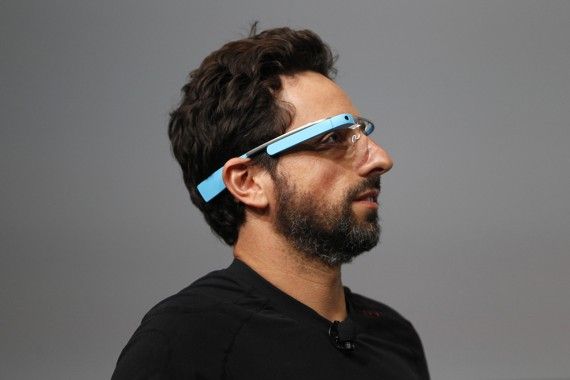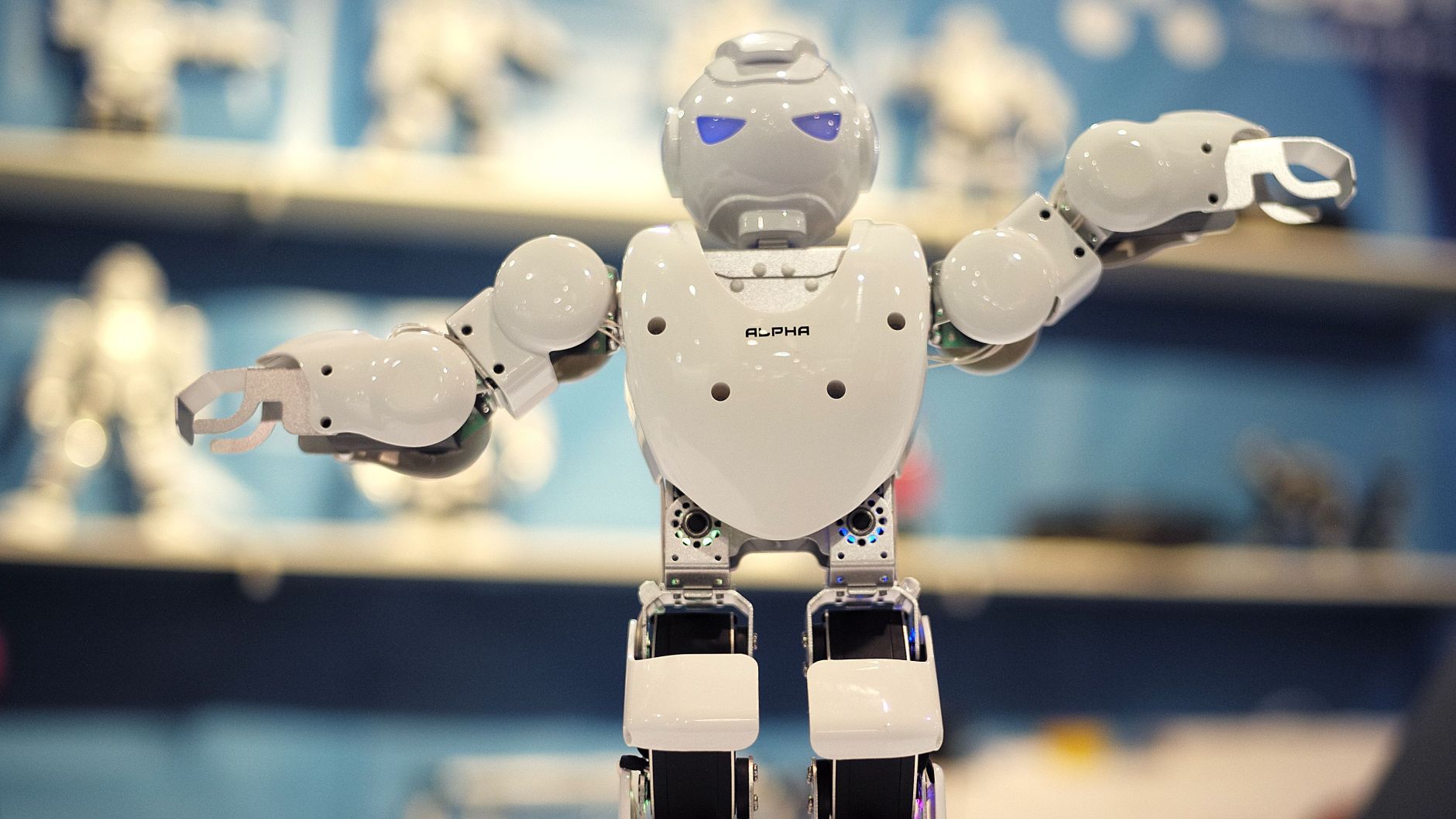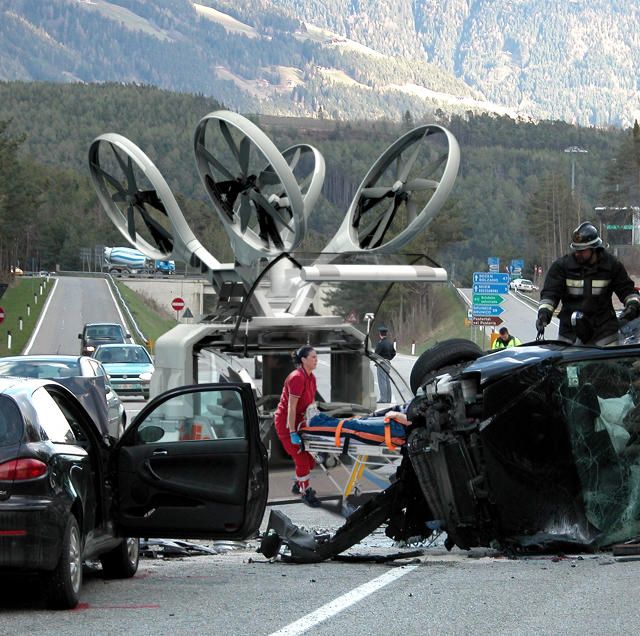 A revolutionary Finding waits for the final Clinch: c-global
A revolutionary Finding waits for the final Clinch: c-global
Otto E. Rossler
Institute for Physical and Theoretical Chemistry, University of Tubingen, Auf der Morgenstelle 14, 72076 Tubingen, Germany
Abstract: The global nature of the speed of light in the vacuum, c, was reluctantly given up by Einstein in December of 1907. A revival of the status c had enjoyed during the previous 2 ½ years, from mid-1905 to late-1907, is in the literature for several years by now. The consequences of c-global for cosmology and black-hole theory are far-reaching. Since black holes are an acute concern to date because there exists an attempt to produce them down on earth, the question of whether a global-c transform of the Einstein field equations can be found represents a vital issue — only days before an experiment that is based on the assumed absence of the new result is about to be ignited. (December 22, 2014, February 6, 2015)
Imagine: Einstein’s c were not just a local constant of nature everywhere, as one reluctantly believes it to be since late 1907, but rather a global constant. Then this return to the original 1905–1907 view would revolutionize physics. For example, cosmic expansion — whose speed by definition is added to the local c — would cease to be a physical option. Second, quantum mechanics would cease to generate problems in its unification with general relativity (or rather vice versa). Thirdly, black holes would be stable and hence show their voraciousness at any — even the smallest — size.
But is the speed of light c not a global constant anyhow in general relativity? While every layman and most every physicist does believe so, this status got actually lost by c in late 1907. To witness, it suffices to have a look at the famous “Shapiro time delay”: Light from a distant satellite is characterized, when grazing the sun on its way towards earth, by an increased travelling time compared to the sun’s absence along the light path [1]. This empirically verified famous implication of Einstein’s equation is canonically believed to reflect a locally masked reduction of the speed of light c in the vicinity of the sun [1]. But with c being a global constant, automatically an increased depth of the space-time funnel present around the sun is the real reason for the delay [2].
Is this unfamiliar proposal the physically correct one?
There are two pieces of evidence in favor of this being so, each individually sufficient. First, the famous “Schwarzschild solution” of the Einstein field equations was shown to possess a global–c transform [3]; hence the global constancy of c exists mathematically. Second, the famous “equivalence principle” between ordinary kinematic acceleration and gravitational acceleration, postulated by Einstein in late 1907, happens to be based solely on special relativity with its well-known global c. The equivalence principle was recently proved to actually non–imply a reduction of c more downstairs in the constantly accelerating extended long Einstein rocketship [4]. A third piece of evidence exists by implication: a global–c transform of the full Einstein field equations – despite the fact that this transform still waits to be written down explicitly.
But why not rather wait with giving c-global a broad visibility in the scientific community, given the embarrassing cosmological consequence which it entails as mentioned? It is c-global’s other big implication (regarding black holes) which justifies and necessitates the visibility. Why?
It is because black holes have a chance to get produced down on earth starting next month [5] .
The official safety report of the experiment [6] is already seven years old. Only an absolutely non-ignorable global–c transform of the full Einstein field equation can apparently force the almost 7 years old LSAG “safety report of the most prestigious experiment of history to be renewed in time. “In time” means: before the re-start at twice world-record energies scheduled for next month [5]. The reward to the scientific journal which accepts this brief note for publication will lie in the emergence-in-time of the existing if not yet made-explicit “global–c Einstein equation.” This task is a superhuman one indeed because finding the transform requires a unique strength of mind (or else serendipity) so that the world likely will have to wait for decades. Therefore, the manpower – the many alerted readers – of this Big Blog is needed as a planetary resource in the face of the rapidly closing time window.
In view of CERN’s open refusal to update its 7 years old Safety Report before the re-start at doubled world-record energies, one cannot be more grateful to Stephen Hawking for his timely warning [7]. There never was a stronger reason to admire this unique person and personality.
I thank Bill Seaman for having alerted me to Stephen Hawking’s latest coup. For J.O.R.
References
[1] I.I. Shapiro, Fourth test of general relativity. Physical Review Letters 13, 789–791 (1964).
[2] A half-3-pseudosphere replaces the Flamm paraboloid: https://lifeboat.com/blog/2013/03/ccc-constant-c-catastrophe
[3] O.E. Rossler, Abraham-like return to constant c in general relativity: Gothic-R theorem demonstrated in Schwarzschild metric. Fractal Spacetime and Noncommutative Geometry in Quantum and High Energy Physics 2, 1–14 (2012). Preprint on: http://www.wissensnavigator.com/documents/chaos.pdf
[4] O.E. Rossler, Equivalence principle implies gravitational-redshift proportional space dilation and hence global constancy of c. European Scientific Journal 10(9), 112–117 (2014).
[5] CERN: see http://www.newseveryday.com/articles/5537/20150101/cern-larg…h-2015.htm
[6] Official LHC Safety Report, latest edition: http://lsag.web.cern.ch/lsag/LSAG-Report.pdf (note the date 2008)
[7] https://www.youtube.com/watch?v=KJdc3hkcCUc#t=31





 A revolutionary Finding waits for the final Clinch: c-global
A revolutionary Finding waits for the final Clinch: c-global